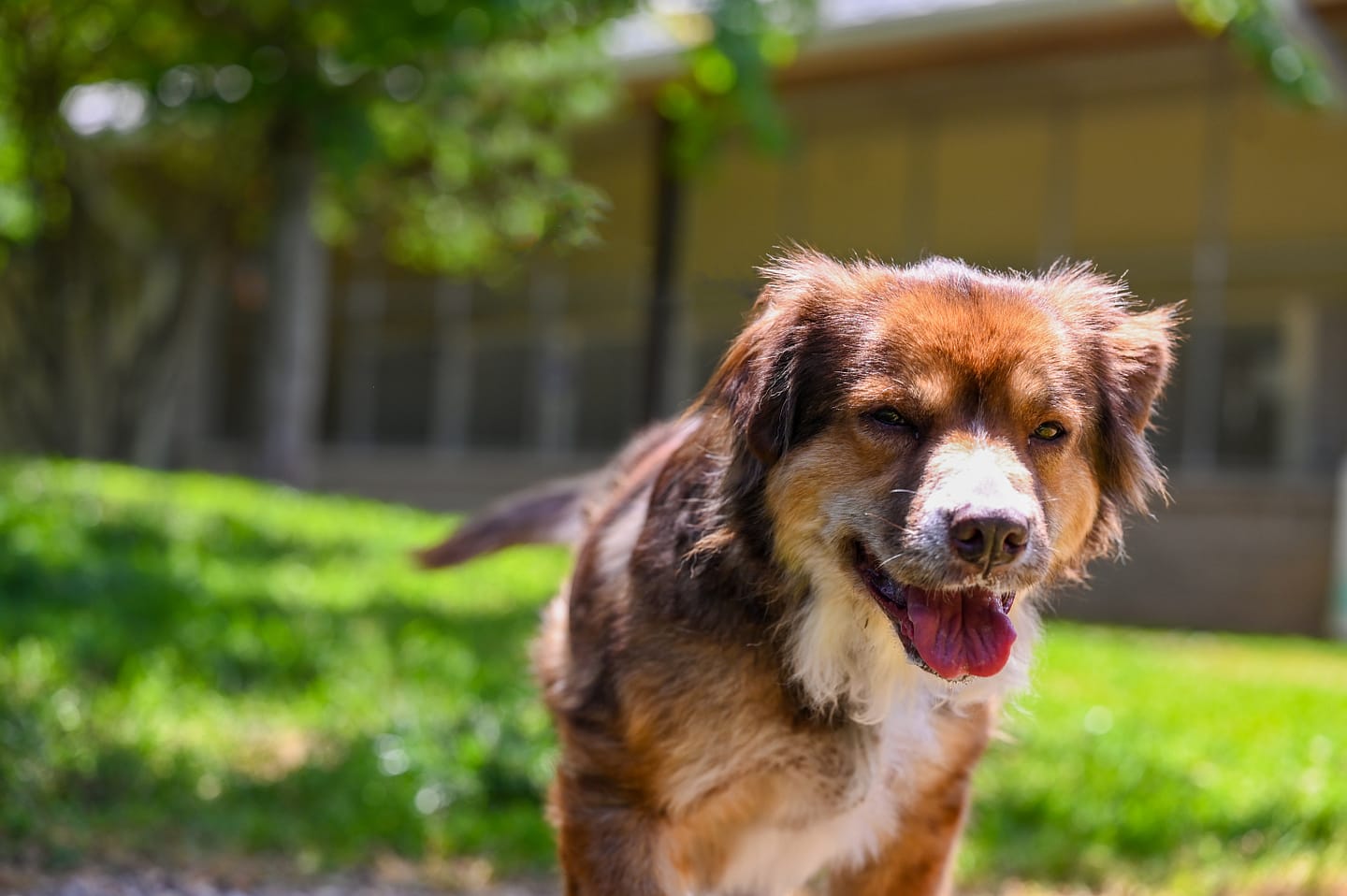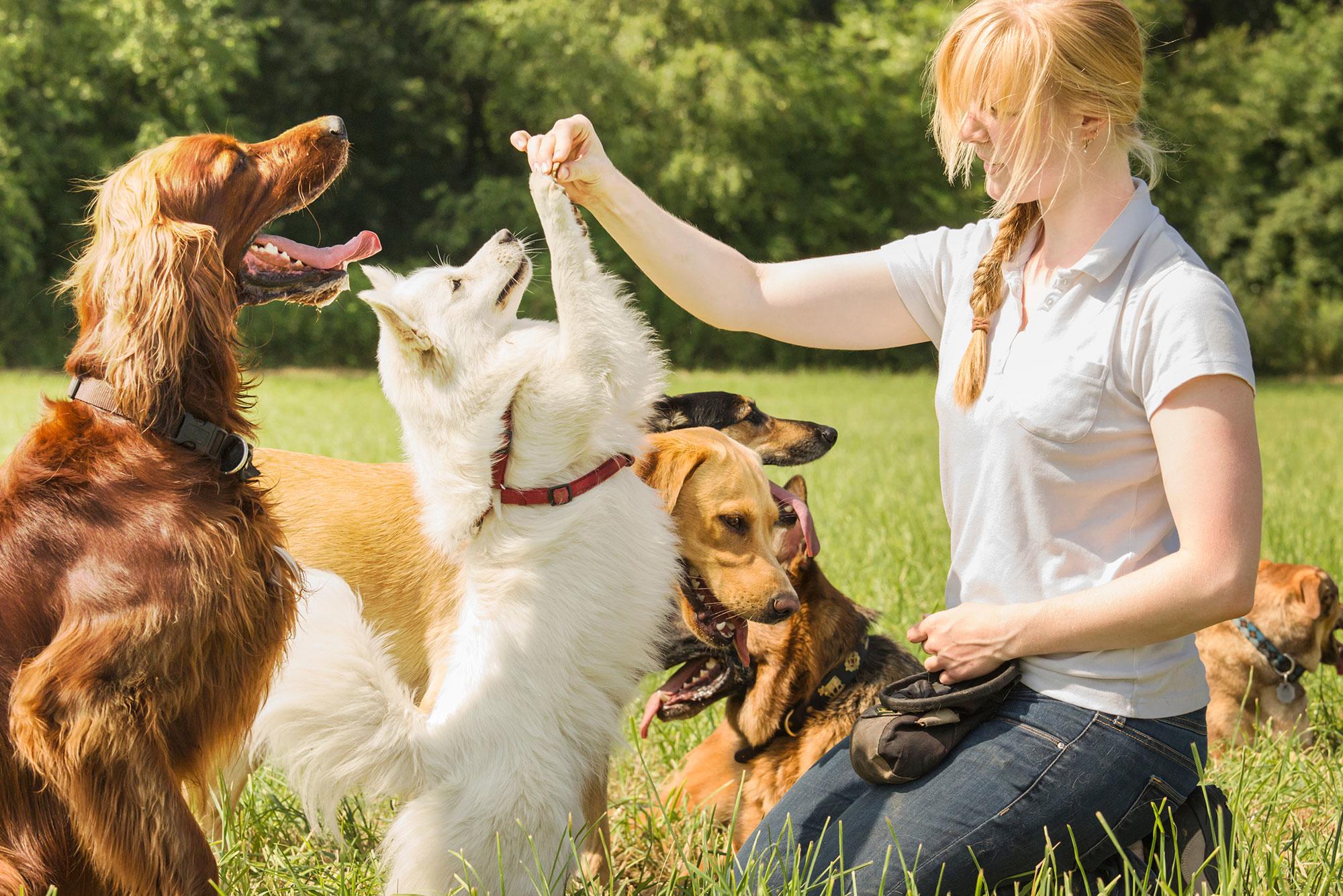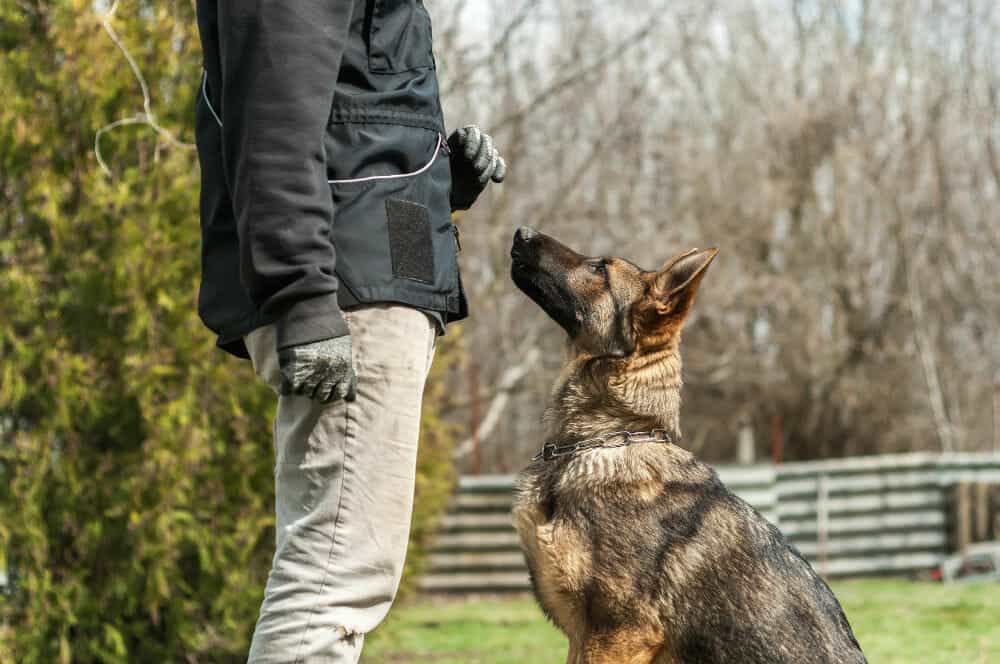Essential Tips for Successful Dog Training: A Guide for Animal Owners
Efficient pet dog training is a complex procedure that calls for a strategic approach tailored to both the pet's temperament and the owner's objectives. Key parts such as developing regular commands, using favorable support, and promoting very early socializing play essential duties in cultivating a well-adjusted canine friend. Numerous pet proprietors run into difficulties that can impede progress, leading to aggravation and uncertainty. Understanding how to navigate these barriers can significantly boost the training experience, ultimately transforming the partnership between owner and dog. What are the essential approaches that can be used to make sure success in this undertaking?
Recognizing Dog Actions
Comprehending pet behavior is essential for reliable training and fostering a harmonious partnership between pooches and their owners. Pets interact largely with body movement, vocalizations, and activities, making it essential for proprietors to interpret these signals properly. Acknowledging a dog's pose, tail setting, and ear orientation can give understandings right into its emotion. A wagging tail does not constantly suggest happiness; it can additionally signify exhilaration or anxiousness.

Socializing plays a significant role in dog behavior; direct exposure to numerous environments, people, and other pets can significantly impact a pet's personality. Variables such as type qualities and individual personality should direct training methods, as some types may have details behavior qualities that require customized techniques. By comprehending these components, owners can develop a helpful environment that motivates positive behavior, leading to effective training outcomes and a much deeper bond with their animals.
Developing Constant Commands
Effective interaction with your canine starts with establishing consistent commands. This fundamental element of training is crucial for cultivating understanding between you and your animal. Consistency in the commands you utilize ensures that your canine can accurately associate certain words or expressions with the desired habits.
When picking commands, choose clear, unique words that are very easy to state and set apart from each other. Avoid utilizing similar-sounding commands that might confuse your pet dog. Making use of "rest" and "stay" is appropriate, yet "sit" and "struck" can lead to misunderstandings.
In addition, preserve the very same tone and quantity for each command. Canines are sensitive to singing signs, so differing your tone can create confusion.
It is similarly crucial to make sure that all relative get on the exact same web page relating to the commands used. A united front in command use will certainly stop combined signals and enhance the understanding process.
Positive Support Strategies
The power of favorable support in dog training hinges on its capability to encourage preferred habits through incentives and appreciation. This technique is based in the principle that behaviors adhered to by positive outcomes are more probable to be repeated. By integrating positive support right into your training regimen, you can effectively form your dog's actions in a constructive way.
To execute positive support, it's crucial to determine what motivates your dog, whether it be treats, playthings, or verbal appreciation. When your canine carries out a desired activity, such as resting on command, quickly reward them with a treat or love. This association in between the command and the favorable outcome reinforces their understanding.
It's essential to timing the incentives properly; supplying the support within seconds of the desired actions helps your pet dog make the link (dog training). Additionally, consistency is crucial-- guarantee that all relative make use of the same commands and incentive systems to avoid confusion

Slowly, you can reduce the frequency of treats as your pet dog finds out the actions, transitioning to applaud or intermittent rewards. This technique not only promotes a solid bond between you and your pet dog yet additionally promotes a positive knowing setting, making training a pleasurable experience for both.
Socialization and Communication
Continually revealing your pet dog to a selection of settings, individuals, and various other pets is crucial for their social growth. Socializing needs to start early, preferably throughout the vital home window of 3 to 14 weeks, when pups are most responsive to new experiences. However, older canines can additionally profit from recurring socializing initiatives.
Present your pet dog to different setups, such as parks, pet-friendly stores, and city locations. This exposure helps them adapt to various stimulations, minimizing anxiousness and concern actions. Urge favorable interactions with other pet dogs and individuals, guaranteeing that these experiences are risk-free and controlled to foster self-confidence.
Make use of organized playdates with well-mannered pets, as this can enhance your dog's social abilities and instruct them ideal habits. Obedience courses and training sessions also provide exceptional opportunities for socializing, allowing your pet dog to connect with others in a monitored environment.
Screen your pet's body language throughout interactions, as this will certainly help you determine their comfort visit site degree. Progressively boost direct exposure to more tough situations while making certain that each experience declares. A well-socialized pet over here dog is most likely to exhibit balanced habits, making them a joy to have in any type of setting.
Addressing Typical Training Obstacles
Every dog owner will come across training challenges eventually, no matter of their dog's age or socialization level. Identifying common problems such as stubbornness, disturbances, and fearfulness can assist in developing efficient approaches for improvement.

Progressively present disturbances as the pet dog ends up being a lot more efficient in commands. Short, constant training sessions are additionally efficient in keeping focus.
Terror can hinder a canine's understanding procedure. Gradual desensitization to the source of concern, coupled with positive reinforcement, can read here assist alleviate anxiety. Patience is critical; never ever compel a pet into a situation that causes distress, as this might worsen the issue.
Inevitably, understanding and resolving these usual obstacles with an organized technique will cultivate an extra effective training experience, enhancing the bond in between pet and proprietor while advertising efficient understanding.
Verdict
In recap, effective canine training depends on a detailed understanding of canine behavior, the facility of consistent commands, and the application of favorable support methods. Socializing plays a critical role in creating well-adjusted animals, while resolving typical training challenges needs perseverance and versatility. By applying these important approaches, family pet owners can promote a solid bond with their canines and advertise desirable habits, ultimately bring about a harmonious connection in between people and their canine companions.
Recognizing pet dog habits is vital for effective training and fostering a harmonious connection in between pooches and their owners.Socialization plays a significant role in pet dog actions; direct exposure to various environments, people, and various other pets can dramatically impact a canine's character.The power of favorable support in pet dog training exists in its capacity to urge wanted behaviors through rewards and praise. By incorporating positive reinforcement into your training regimen, you can efficiently shape your canine's habits in a useful way.
In recap, effective pet dog training depends on a detailed understanding of canine actions, the facility of regular commands, and the application of favorable support methods.